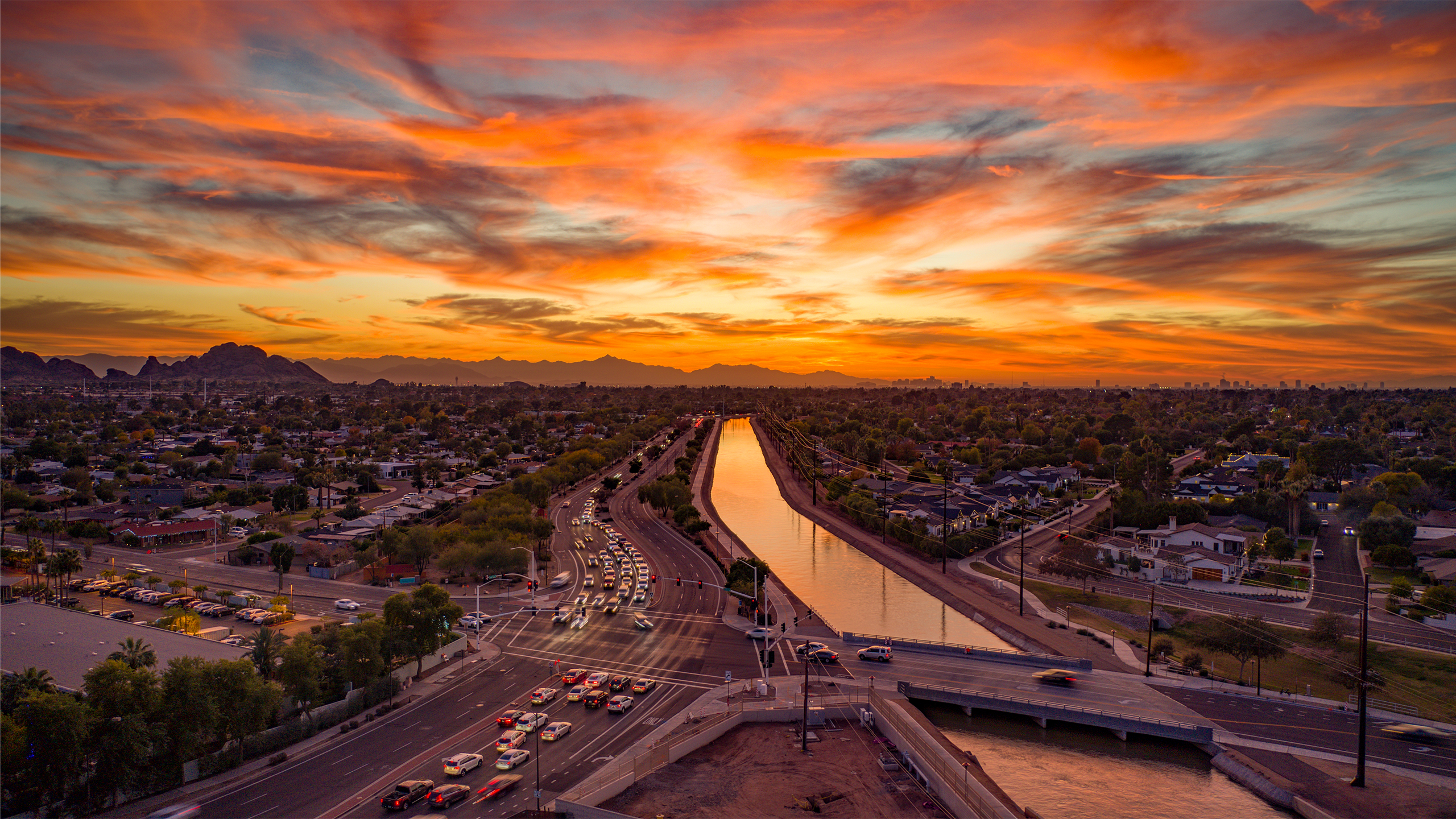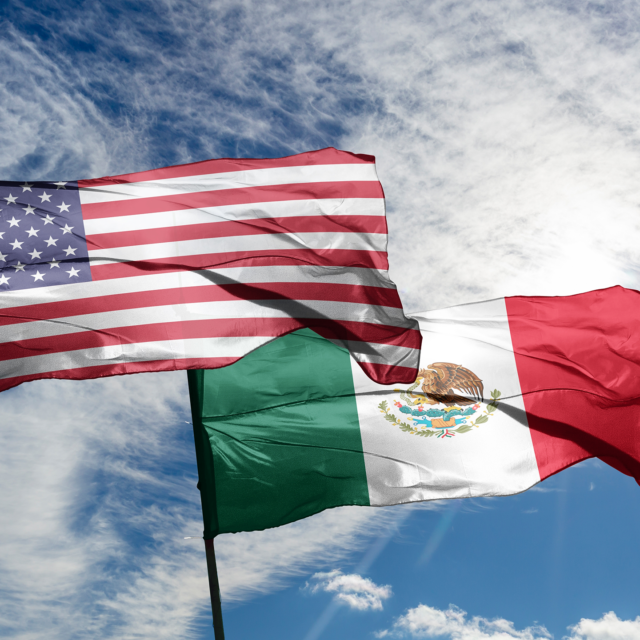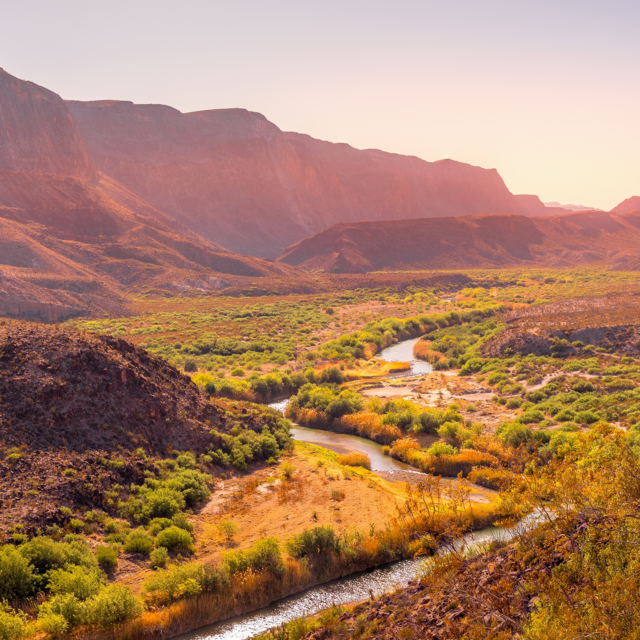“I think the idea that rainfall is the absolute necessary ingredient to make a city work is just historically wrong. Cities probably arose in the first instance in places where it didn’t rain a lot.”—Grady Gammage Jr., Senior Fellow at ASU’s Morrison Institute
Western cities like Phoenix, Tucson, Los Angeles, and Las Vegas have always been criticized for their existence because of their location in the arid west. Such commentary is becoming increasingly common with proliferating information about the current western megadrought. But are those questions and critiques valid?
In part three of this series, Ten Across founder Duke Reiter speaks with policy researcher and lawyer Grady Gammage Jr. about misconceptions around western cities’ relationship with water and where we go from here.
Guest Speaker

Grady Gammage Jr. is a part time academic, a practicing lawyer, an author, a sometime real estate developer and a former elected official. In his academic role, he is a Senior Fellow at ASU’s Morrison Institute, where he focuses on urban growth and development, quality of life, and local economic issues. As a lawyer, he has represented real estate projects ranging from master planned communities to sprawling subdivisions to high rise buildings and intense urban mixed use redevelopment. He served on the Central Arizona Project Board of Directors for 12 years, and was President during a period of turbulence when the CAP was suing the Federal Government over the cost of the canal. He is also the author of the books Phoenix in Perspective and The Future of the Suburban City as well as numerous articles on land use and growth issues.



